An extraordinary journey through the hidden masterpieces of Guercino and his school: this is the proposal of the exhibition Guercino, a new look. Works from Forli and Other Hidden Places, which opens Saturday, September 21, in Cento, in the spaces of the Church of San Lorenzo. The exhibition, open until Dec. 31, 2025, reveals 20 works that have long remained out of public view because they are kept in places that cannot be visited, such as churches and palaces closed for restoration. The works on display, mostly altarpieces, come from buildings that were inaccessible following the 2012 earthquake or due to ongoing renovations. Among the most notable contributions is that of the City of Forli, which provided five paintings from the Palazzo del Merenda, closed for restoration.
Two of the most significant works are the large altarpieces made by Guercino for Forlì: theAnnunciation (1648) and Saint John the Baptist (1653-1655), which testify to the artistic quality of the master’s last phase. Next to these are the Madonna of the Rosary with Saints Dominic and Catherine by Benedetto Gennari, Guercino’s nephew, and the altarpiece depicting Saints Anne and Joachim kneeling before the Eternal, by Cristoforo Serra. The latter alludes to the mystery of the Immaculate Conception and is intended, like the others, for churches in Forlì. Completing the Forlì nucleus is the Mystical Marriage of St. Catherine of Alexandria, a striking work by Giuseppe Maria Galeppini, a still little-known artist.
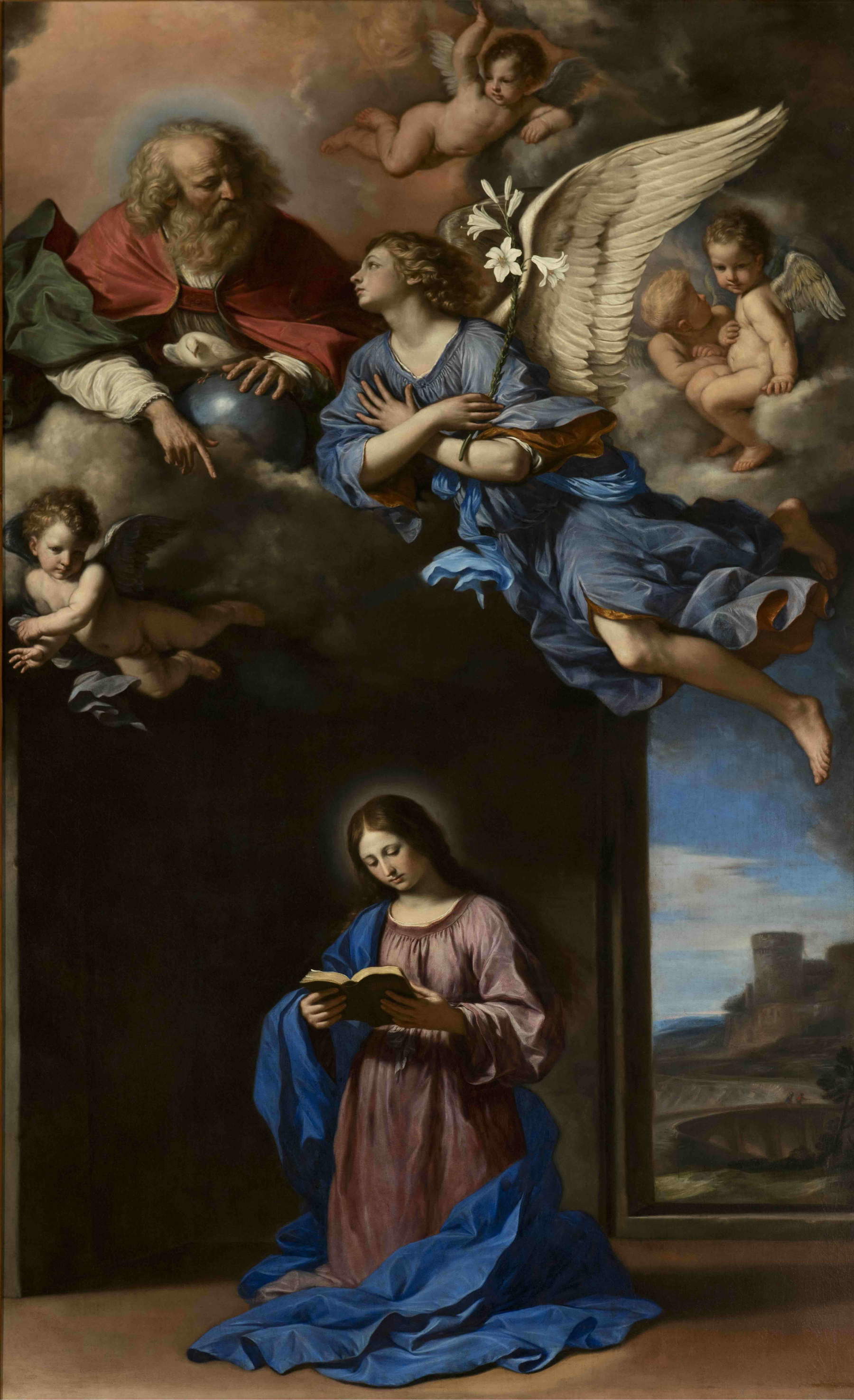
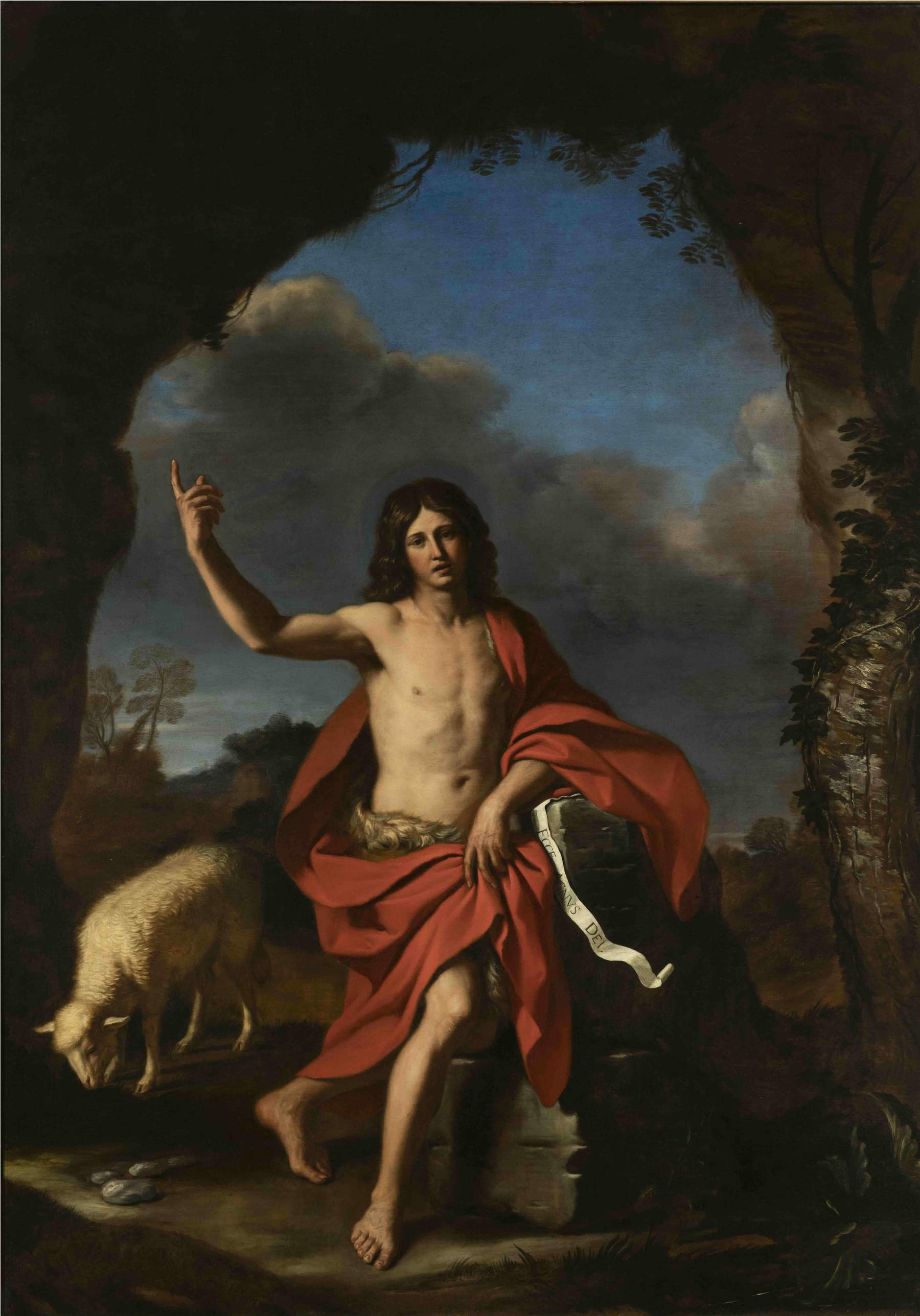
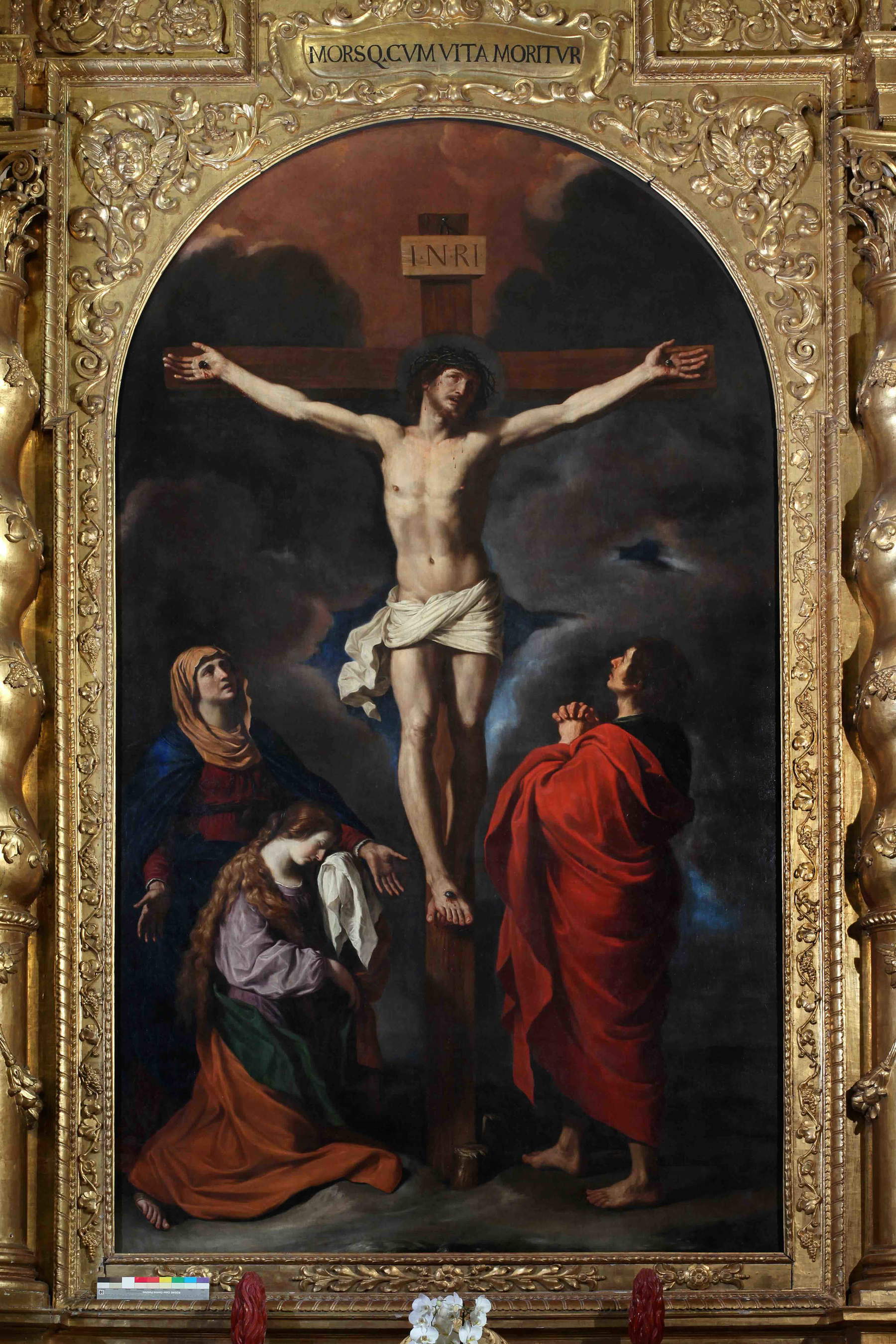

All of these paintings dialogue with the heritage exhibited in the Pinacoteca Civica in Cento and in the church of San Lorenzo itself. Although Guercino had moved to Bologna in 1642, the paintings in the exhibition reaffirm the strength of his school, which maintained solid roots in Cento, confirming its originality and authority. Another important testimony to Guercino’s artistic training comes from the altarpiece San Lorenzo e San Pancrazio (1610) by Carlo Bononi, from the church of San Lorenzo di Casumaro. Also on display are lunettes by Giovanni Battista Gennari, founder of the family that accompanied the master’s activity.
Also significant is the contribution from the Church of the Rosary in Cento, which was a place of the soul for Guercino, prior of the archconfraternity. On display are five large canvases made for this church, dated between 1644 and 1645. Prominent among them are the Crucifixion and the vault paintings depicting The Eternal Blessing Father, St. Francis and St. John the Baptist, as well as the canvas The Assumption (1622), famous for the perspective virtuosity of the illusionistic foreshortening “from below upward.”
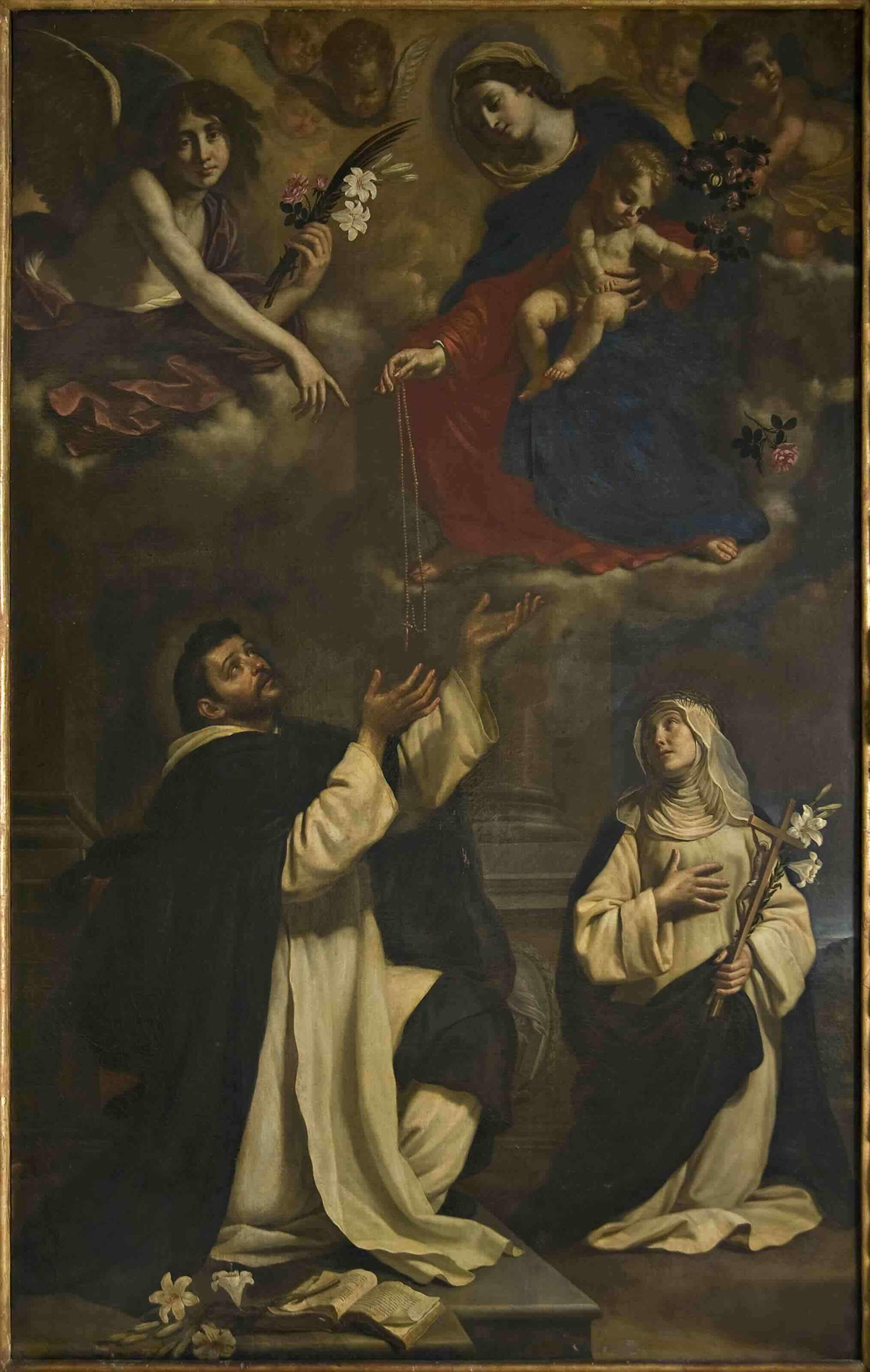
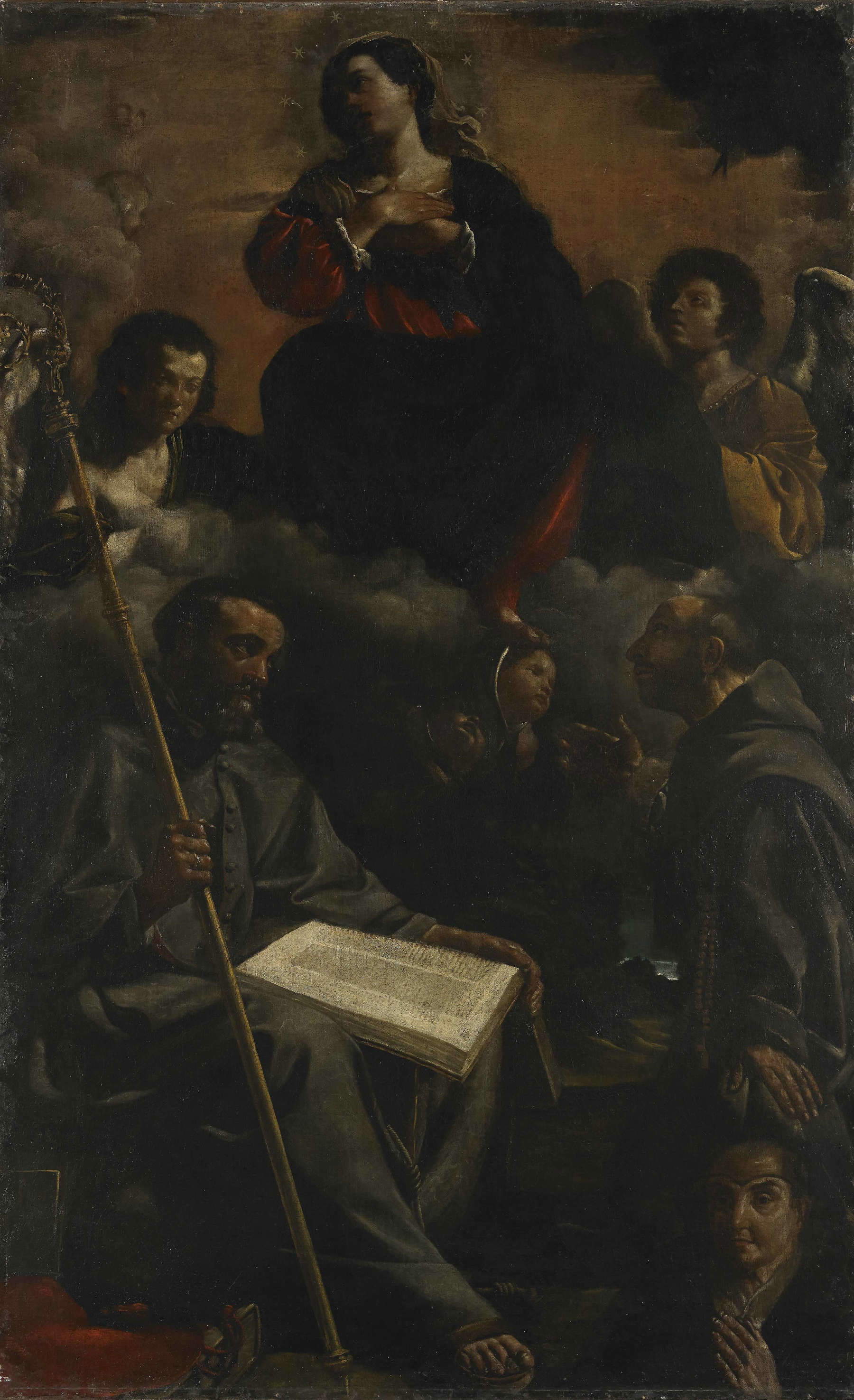
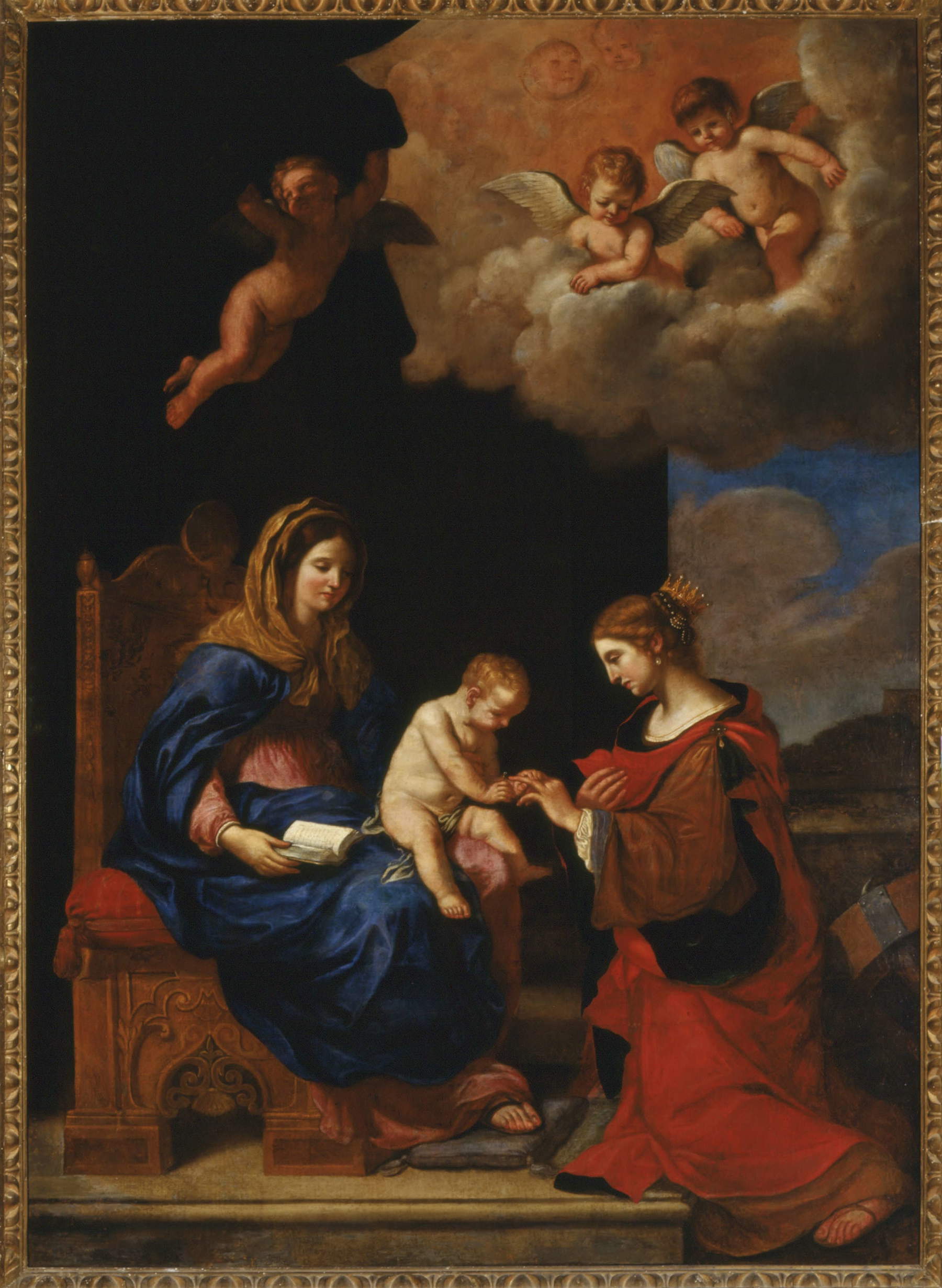
The exhibition also includes works from other churches in Emilia. From the church of San Pietro di Cento come paintings by Matteo Loves, including Madonna and Child with Saint Bernardine of Siena and Guardian Angel (1630-1640), and by Matteo Mingarini with his Saint Omobono (1661). Also to be admired from the same church are two masterpieces by Benedetto Zalone, dating from around 1620: Our Lady of the Assumption with Saints Bonaventure, Francis and the Donatrix, and Our Lady of St. Luke with Saints Anthony Abbot, Paul, Sebastian and Gregory the Great. Another valuable piece is the Madonna in Glory with Saints Catherine of Siena, Francis of Paola and Gaetano Thiene (1659-1660) by Benedetto Gennari, from the Church of San Biagio in Cento. Finally, the exhibition is enriched with two large canvases by Giovan Battista Gennari, Nativity of the Virgin and Visitation (both 1606), from a private collection in Modena.
Curated by a scientific committee composed of several experts (Cristina Ambrosini, Daniele Benati, Stefano Benetti, Lorenzo Lorenzini, Lorenza Montanari, Maria Luisa Pacelli, Msgr. Paolo Marabini, Antonio Iommelli, Manuel Ferrari, Silvia Battistini, Giovanni Sassu), the exhibition is promoted by the Emilia-Romagna Region - Cultural Heritage Sector, the Municipality of Forlì, the Municipality of Cento, the Heritage Foundation of Cento, and the Fondazione Cassa di Risparmio di Cento. The exhibition will be open to visitors on Fridays, Saturdays, Sundays and holidays from 10 a.m. to 7 p.m. The ticket also includes admission to the Pinacoteca Civica “Il Guercino” in Cento, which houses other works by the Baroque master. For more information, you can visit the official website: Civica Pinacoteca "Il Guercino. "
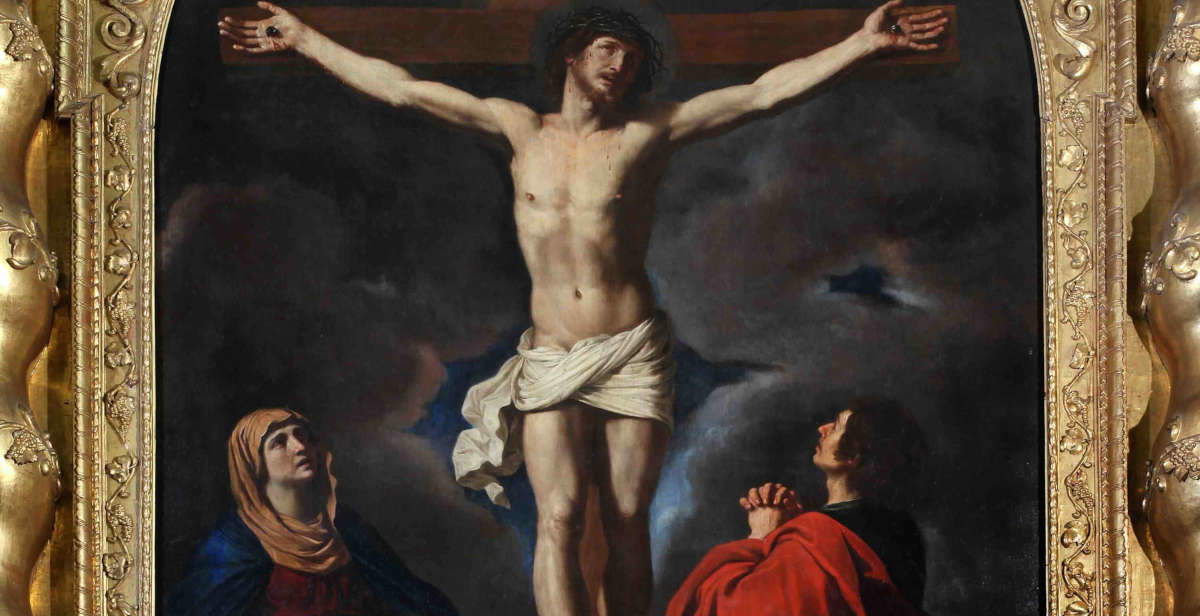 |
| Guercino's hidden works exhibited in Cento: masterpieces from churches and palaces on display |
Warning: the translation into English of the original Italian article was created using automatic tools. We undertake to review all articles, but we do not guarantee the total absence of inaccuracies in the translation due to the program. You can find the original by clicking on the ITA button. If you find any mistake,please contact us.